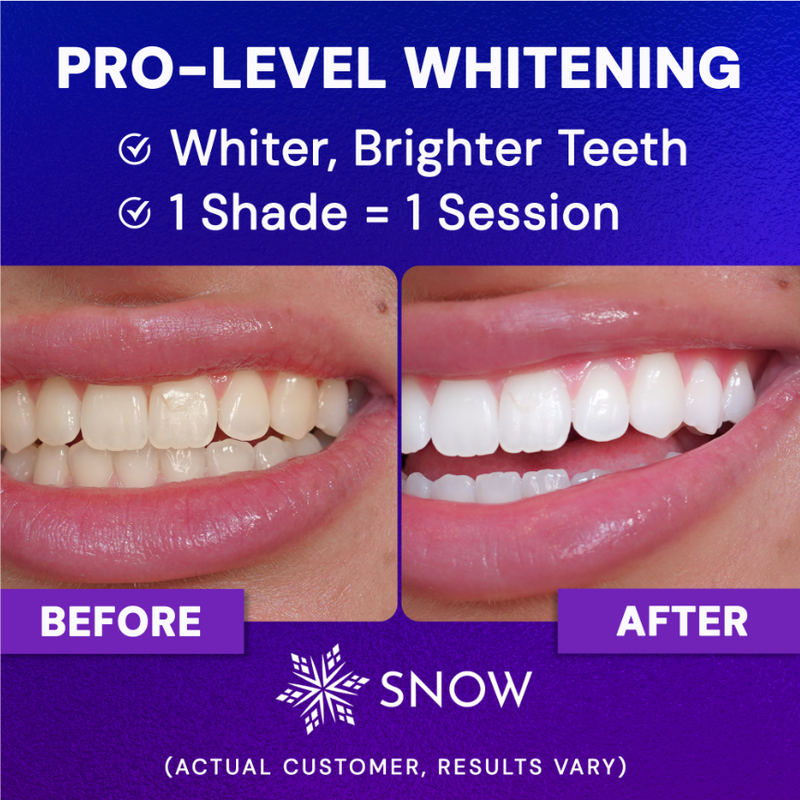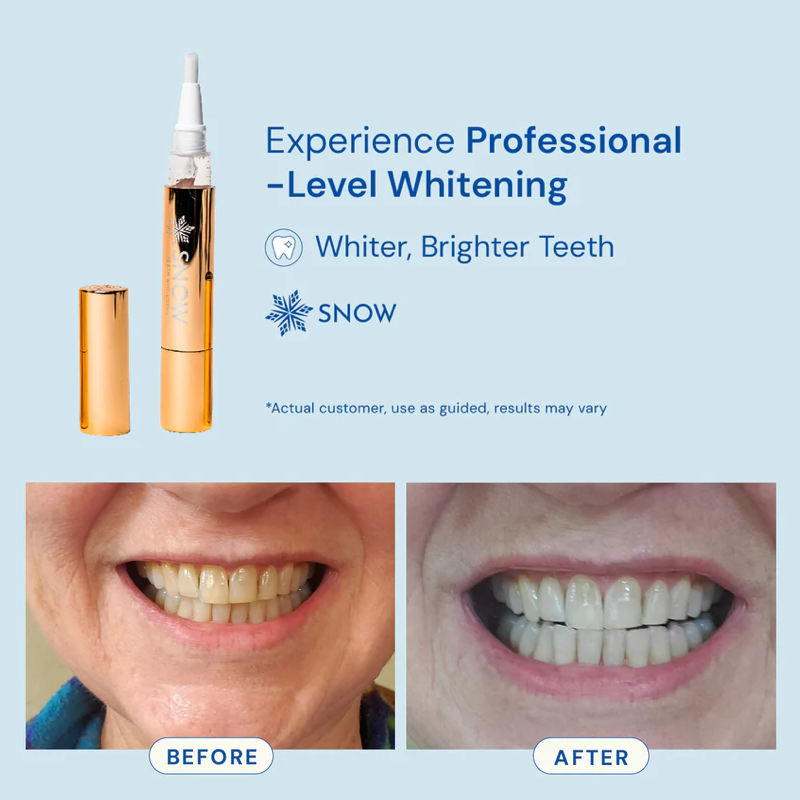Periodontitis, sometimes called gum disease or periodontal disease, is a destructive gum infection that affects soft tissue. Periodontal disease can cause swollen and bleeding gums and destroy the bone that supports your teeth when left untreated. Periodontitis can cause loose teeth or tooth loss due to poor oral hygiene.
Periodontal disease is prevalent but is avoidable primarily with good oral hygiene. It is aggravated by inadequate oral hygiene, although the causes are complex. Brushing at least twice a day, flossing daily, and regular dental examinations enhance your odds of effective periodontitis treatment and help prevent periodontal disease from occurring in the first place.
Symptoms
Periodontitis indications and symptoms include:
- Inflamed or swollen gums
- Teeth with discolored dental plaque or tartar
- Bleeding when brushing or flossing
- Halitosis ()Evidence of chronic bad breath)
- Discomfort during eating or chewing
- Teeth sensitivity
- Receding gums, which make teeth appear longer
- More gaps between the teeth
- Pus between the teeth and gums
- A metallic aftertaste on the tongue
- Loose teeth
- Changes in the way teeth feel while biting
- Modifications in the fit of partial dentures
Symptoms may not show until a person is in their forties or fifties. At this point, there may be advanced periodontal disease with permanent damage.
What factors contribute to periodontal diseases?
Periodontitis is always caused by bacterial plaque buildup in the mouth, and this infection results in an inflammatory response by the body’s immune system.
A healthy mouth is colonized by over 700 distinct types of bacteria, most of which are safe and coexist with their host. When we do not practice good oral hygiene and adequately keep our teeth clean by brushing and flossing, routine dental exams, and professional teeth cleaning, bacterial deposits accumulate adjacent to the gums, a film known as plaque.
This allows more hazardous germs to thrive, leading to gum inflammation and potential tooth loss and bone loss. As a result, the body’s immune system and disease control is also impaired as it responds to periodontal disease.
Suppose this soft bacterial plaque is not eliminated by brushing. In that case, minerals are solidified on the teeth, forming a hard deposit on the tooth known as tartar (or calculus). The presence of tartar promotes the formation of additional bacterial plaque on the tooth roots, causing deeper inflammation.
This weakens the root’s connection to the gum, resulting in pockets between the tooth and gum, known as periodontal pockets. These crevices are ideal for dangerous bacteria to assemble and grow, accelerating systemic diseases by releasing toxins that further activate the body’s immune system.
Periodontitis severity and progression rate are determined by variables such as:
- The quantity and variety of microorganisms present
- The health of a person’s immune system
- Risk factors’ presence or absence (e.g., smoking, diabetes)
- Genetic factors
- Certain forms of drugs
- Overall oral health
- Oral hygiene practices
For example, the more aggressive the bacterium and the poorer the patient’s immune system response, the more active the illness. Furthermore, suppose the patient has other risk factors like smoking or diabetes.
In that case, the body’s defenses may be reduced, hastening the illness process. Certain medications, such as antihypertensive or vasodilating medicines and immunotherapy, may alter the inflammatory response to plaque, making individuals more vulnerable to gingivitis and gum disease.
However, it is critical to realize that periodontal disease cannot arise without the formation of bacterial plaque. Controlling plaque is the cornerstone of managing periodontitis.
Periodontitis risk factors
Higher risk factors for periodontal diseases include the following:
- Plaque and poor oral health
- Smoking
- Obesity
- Diabetes (especially type 1)
- Emotional tension
- A lack of vitamin C (scurvy)
Addressing these issues can improve periodontal disease treatment results and overall periodontal health.
What exactly is the distinction between gingivitis and gum disease?
Gingivitis is inflammation of the gums without bone loss, but periodontitis includes destroyed support tissues (the alveolar bone in particular, which contains the tooth sockets), periodontal ligament, and root cementum.
Gingivitis can usually be reversed so that you prevent bone and tooth loss. This implies that practicing good oral hygiene at home can help to prevent gingivitis and restore oral health.
Periodontal disease, on the other hand, is a different story. Once the inflammation has caused receding gums and bone loss, the damage is irreversible, and bone grafting may be an option. However, grafting procedures cannot reverse most bone loss from gum disease.
Periodontitis treatment requires more than practicing good oral hygiene practices at home. Gum disease needs the services of a dentist or periodontist for successful periodontal treatment.
How is periodontitis diagnosed?
Diagnosis of periodontitis, thanks to dental and craniofacial research, has come a long way but still involves multiple steps.
Clinical investigation
Only a clinical examination at a dental office can fully determine the disease severity, such as healthy gums, supporting bone, and other tooth-supporting tissues.
A simple periodontal examination, which takes only a few minutes, will be performed by the dentist or hygienist at an initial check-up. This examination swiftly establishes whether gingivitis or severe periodontitis exists.
The dentist or dental hygienist will use a specific probe (called a periodontal probe) to gently and precisely assess the depth of penetration at the gum line at various spots in the mouth. The probe measures the distance between the gum line and the bottom of the periodontal pockets. The probing depth in healthy sites is 3mm or less, whereas at periodontitis sites, the depth is 4mm or greater.
Following this brief examination, more tests are performed only if there is evidence of Periodontitis or damage to the tooth-supporting structures.
Furthermore, the height of the alveolar bone is accurately noted in a periodontal chart. A periodontal chart is essential for accurately diagnosing periodontitis and monitoring for future therapy.
X-rays
X-rays are essential to confirm the severity of a gum disease diagnosis. Following the clinical examination, the X-rays required to diagnose periodontitis are chosen.
In the most basic circumstances, just two photos of the alveolar bone (known as “bite-wing” images) are required. At the same time, more complex cases may necessitate up to 14 additional X-rays or a panoramic X-ray of the whole mouth.
These X-ray pictures reveal the jawbone around the tooth and allow the severity of bone loss to be estimated. X-rays also allow your dentist to monitor the bone loss rate if they can take images over extended periods. Plus, they’re able to check for cavities on the same X-rays.
Microbiological examinations
Microbiological assays look for certain dangerous microorganisms in the makeup of tooth plaque:
- Intermedia Prevotella
- Gingival Porphyromonas
- Actinomycetemcomitans Agregatibacter
- Denticola Treponema
- Other systemic diseases
These tests can offer information allowing the dentist or periodontist to provide proper care for chronic periodontitis while avoiding higher risk from unnecessary procedures.
Disease classification
Gingivitis and gum disease instances are classified using an internationally recognized approach.
Periodontitis cases are divided into four phases and three grades. The stages define the disease’s severity and scope, while the grades describe the anticipated rate of advancement.
Dentists and periodontists can give the best treatment for each patient by categorizing periodontitis instances.
The four stages of periodontitis are:
Gingivitis
Gingivitis can be overlooked, but healthy gums don’t bleed; bad breath and bleeding gums are symptoms of gingivitis. Dentists or hygienists use a periodontal probe to examine the degree of gingivitis in patients.
This probe is gently placed between the gums and teeth to measure the depth of the periodontal pockets. Healthy teeth have 1-3 millimeter pockets. Gingivitis can be present in pockets 2-4 millimeters deep, but pocket depth isn’t a primary indicator of gingivitis.
Gingivitis is curable, and consistent dental hygiene is the best therapy to control this condition. Your hygienist or dentist may help you improve your dental hygiene by brushing, flossing, rinsing, and getting regular check-ups.
A dentist may prescribe a deeper dental cleaning or more frequent visits beyond semi-annual appointments to eliminate plaque and tartar.
Early periodontal disease
Untreated gingivitis can lead to periodontitis. Early periodontitis causes bone loss from inflammatory gum tissue around the teeth, and these patients have 4-5 mm gingival pockets.
Early periodontal disease causes gums to bleed more during flossing and professional cleanings, and gum tissue eventually recedes, creating an aged look.
Early periodontitis therapy involves non-surgical cleanings by scaling and root planing to remove tartar and smooth teeth. Hygienists can also clean teeth within gingival pockets, allowing gums to reconnect to the root surface.
Individuals should improve their dental hygiene to help control periodontal disease at this stage. Dentists may also prescribe regular cleanings or follow-up appointments to monitor your progress.
Moderate periodontal disease
If people disregard their dental health, early periodontitis can lead to moderate bone loss. Infections can cause bleeding, pus, toothaches, and gum recession causes sensitive teeth.
As gums recede away from teeth, teeth can become loose. Moderate periodontitis patients have 6- to 7-millimeter gingival pockets, and oral infections can then enter the bloodstream and cause systemic inflammation.
Clinicians clean and disinfect gingival pockets to treat mild periodontitis, and sometimes LANAP laser surgery is used to achieve this successfully and decrease bleeding.
During LANAP, a laser tool with a tiny probe is maneuvered over the teeth. The probe emits a moderate yet effective wavelength of focused light to kill sick tissue and disinfect the region. LANAP helps the pocket form a blood clot, preventing bacterial invasion.
Advanced periodontal disease
Advanced Periodontitis involves inflamed gums and significant bone loss. The gingival pockets surrounding the teeth are often 7mm or deeper. Advanced periodontitis can cause chewing discomfort, poor breath, and a foul taste in the mouth.
As the gums recede, patients might lose teeth, and their remaining teeth can move or tip into the spaces. Advanced periodontitis goes beyond the mouth and has been linked to heart disease, diabetes, and several cancers.
Periodontal disease must be treated immediately to help protect the patient’s health. First, a hygienist or periodontist will need to clean the teeth and possibly perform LANAP to minimize germs and inflammation.
LANAP helps mend bone, ligaments, and gum tissue by encouraging regeneration. Your dentist may propose ridge augmentation, bone transplants, or dental implants to restore the damage. During periodontal therapy, some patients are given antibiotics to manage infection, too.
Three types of periodontal disease are:
- Periodontitis
- Necrotising Periodontitis
- Periodontitis as a direct manifestation of systemic disease
Gum tissue treatment
The goal of treatment is to remove germs from the pockets surrounding the teeth and prevent additional bone and tooth loss. Good oral hygiene is essential to the future of reducing gum disease.
Among the suggestions are:
- Cleaning your teeth twice a day
- Once a day, floss and use interdental brushes or soft picks
- Going to the dentist at least twice a year
- Regular professional dental cleaning
- Abstaining from tobacco usage
- Decreasing your intake of alcohol and sugary meals
- Seeking dental or medical care for dry mouth, taste or odor changes, and other mouth issues
How can individuals stop their gums from bleeding at home?
Cleaning and scaling
Plaque and calculus removal can aid in the restoration of periodontal health and prevent persistent gum infections.
This entails:
- Scaling and debridement are procedures used to clean the surfaces of the teeth above the gum line and the pockets.
- Polishing to smooth rough surfaces on the teeth, hence preventing plaque formation
- Fluoride treatment for teeth
The frequency with which a person requires treatment is determined by the amount of plaque and tartar accumulating and overall oral hygiene.
Medications
There are a variety of medicated mouthwashes and other therapies available for oral hygiene.
They are as follows:
- Chlorhexidine-containing rinses, gels, and other antimicrobial items
- Antibacterial gels and other items
- A substance containing minocycline hydrochloride microspheres that a dentist can use in pockets to minimize plaque accumulation
- In some circumstances, oral antibiotics
Surgery
If alternative therapies are ineffective, a dentist may advise periodontal surgery.
Surgical procedures can:
- Reduce plaque bacteria in pockets
- Eliminate germs from the teeth’s roots and where the roots split
- Regenerative therapies can possibly help replace lost gum tissue and bone and prevent tooth loss
A dentist may perform one or more of these treatments under local anesthesia. After the treatment, the clinician usually places sutures to hold the gums in place.
Home cures and prevention
Home care is critical for controlling plaque development and making it less likely to develop periodontal disease.
The American Dental Association (ADA) recommends the following:
- Brush your teeth twice daily for 2 minutes using a soft-bristle manual or electric toothbrush
- Use fluoride toothpaste
- Brush all tooth and gum surfaces well
- Replace the toothbrush frequently every three to four months or less if the bristles are matted or torn
People should not share brushes since germs might spread this way.
A dentist can also provide advice on:
- Floss sticks or dental floss
- Brushing between the teeth
- Mouthwash with antibacterial properties
- Best techniques for maintaining healthy oral hygiene
Other preventative measures include:
- Avoiding or discontinuing smoking
- Restricting alcohol consumption
- Eating a diet rich in nutritious foods and fresh fruits and vegetables
- Going to the dentist at least once a year
- Managing diabetes in collaboration with a doctor
- Drinking plenty of water
When should you visit the dentist?
If a person experiences any of the following symptoms, they should consult a doctor or dentist:
- Gum bleeding when cleaning teeth or eating hard foods
- Gums that are swollen, red, or painful
- Foul odor, or halitosis
- Loose teeth
- Ulceration or red areas on the lips
- A bump or bumps on the lip or in the mouth
These symptoms may suggest immediate treatment or further testing to rule out other causes, such as oral cancer or an abscess.
Frequently Asked Questions
Here are some of the most frequently asked questions concerning periodontal disease.
Can periodontal disease be cured?
Good dental hygiene can reverse specific alterations and prevent further worsening in the early stages of gingivitis. However, permanent harm may ensue as the condition advances, and Periodontitis symptoms frequently may not develop until later stages. As a result, it is preferable to avoid it by practicing proper dental hygiene and refraining from smoking.
What is the primary cause of periodontitis?
The causes are a complex mix of factors, but this disease usually starts with poor dental hygiene. However, smoking and alcohol consumption may also play a role. Individual risk factors may include genetic characteristics, a compromised immune system, and other health issues.
What are the long-term effects of untreated periodontitis?
It can cause pain, tooth loss, and foul breath. Scientists have also discovered correlations between diabetes, heart disease, and pregnancy difficulties.
Summary
Periodontitis is an infection of the gums, and it can occur if a person does not perform routine hygiene procedures like brushing and flossing daily. It is reversible in the early stages, but irreparable damage may develop as it proceeds. Often, a person may not know there is damage until it is too late to repair it fully.
Periodontitis causes tooth loss, gum soreness, and poor breath and raises the risk of heart disease and other consequences.
People should practice good oral hygiene, clean their teeth twice a day, floss daily, and see a dentist at least twice a year to avoid periodontitis. A diet emphasizing natural foods, fresh fruits, and vegetables over processed carbohydrates and sugars will also be beneficial.






































































